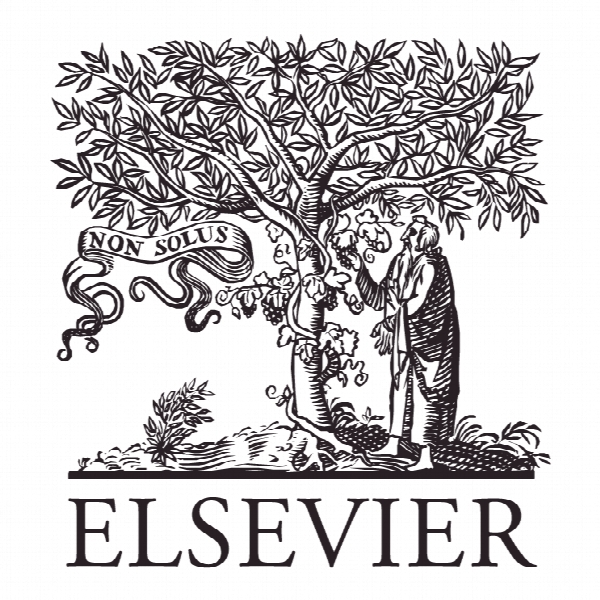جلوگیری از آسیب: روان شناسی بافرهای ارتباط با بحران در ورزش های سازمان یافته Preventing damage: The psychology of crisis communication buffers in organized sports
- نوع فایل : کتاب
- زبان : انگلیسی
- ناشر : Elsevier
- چاپ و سال / کشور: 2017
توضیحات
رشته های مرتبط تربیت بدنی
مجله بررسی روابط عمومی – Public Relations Review
دانشگاه دانشکده ارتباطات حرفه ای، Ryerson، کانادا
نشریه نشریه الزویر
مجله بررسی روابط عمومی – Public Relations Review
دانشگاه دانشکده ارتباطات حرفه ای، Ryerson، کانادا
نشریه نشریه الزویر
Description
1. Introduction A growing area of public relations and crisis communication research examines organized collegiate and professional sports. Predominant in this research are studies of the image repair of athletes and teams, fan solidarity during crises, and the role of mass and new media in crisis development (Benoit & Hanczor, 1994; Blaney, Lippert, & Smith, 2012; Brazeal, 2008; Brown, 2016; Brown & Billings, 2013; Brown, Brown, & Billings, 2013; Compton & Compton, 2014). Factors unique to the field complicate crisis communication in organized sports. Unlike retail customers in a simple relationship witha store, sports fans buy tickets to gainaccess to anexcitingpublicdrama—adramanotfound withmost other products or services. Sports fans are engaged daily in on- and off-line communities around sports, and sports leagues often have a monopoly in these communities. The many prominent actors involved—from owners to coaches to players—further complicate the sports crisis communication analysis (it is rare in the business world to have groups of employees who are public stars, for example). The level of engagement fans have with these actors means that sports crises have the potential to strike deeply at the heart of the relationship between fans, teams, and players. An assumption in the study of crisis communication generally and sports crisis communication specifically is that without effective strategic communication during the response stage, a crisis will cause immediate and serious damage to the reputations and images of the individuals and organizations involved. In the case of sports teams, the connection between the fan and team could be irreparably harmed. This assumption underlies a major vein of crisis communication research that tests response strategies such as denial, apology, and corrective action to find the best ones for each specific crisis situation or type of crisis (Coombs, 2004; p. 270). Applied to sports, these tests and case studies have praised apology as an important damage-limiting strategy (Brazeal, 2008; Brown, 2016).


